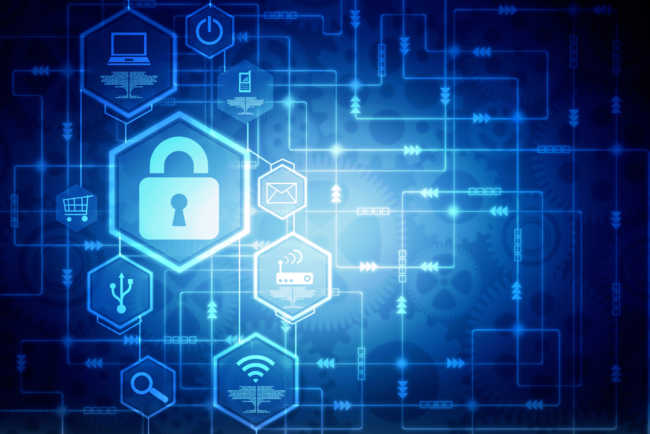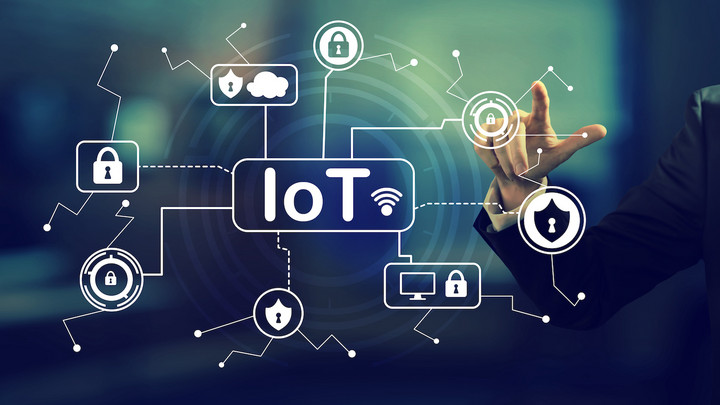In recent years, the Internet of Things (IoT) has become an integral part of our daily lives, with devices like smart thermostats, connected security systems, and wearable technology revolutionizing how we interact with our environment. However, the rapid proliferation of IoT devices has raised significant security concerns. As more devices connect to the internet, they become prime targets for cyberattacks. This is where blockchain technology enters the conversation as a potential game-changer in securing IoT devices.
In this blog, we will explore the vulnerabilities of IoT devices, delve into the fundamentals of blockchain technology, and discuss how blockchain can enhance the security of IoT ecosystems.
Understanding the Vulnerabilities of IoT Devices
IoT devices are often designed for convenience and efficiency, but their security is frequently overlooked. Some common vulnerabilities include:
Weak Passwords: Many users do not change default passwords or create strong, unique passwords for their devices, leaving them susceptible to unauthorized access.
Lack of Encryption: Not all IoT devices encrypt data, making it easier for hackers to intercept and misuse sensitive information.
Unsecured Networks: Many IoT devices connect to public or poorly secured networks, increasing the risk of data breaches and attacks.
The consequences of these vulnerabilities can be severe. Hackers can gain access to personal data, take control of devices, or even launch attacks on other connected systems. As IoT devices become more integrated into our lives, ensuring their security is of utmost importance.
What is Blockchain Technology?
Blockchain is a decentralized digital ledger technology that securely records transactions across multiple computers. Unlike traditional databases, which rely on a central authority to maintain records, blockchain distributes data across a network of computers, ensuring that no single entity has control over the entire system. This decentralized nature offers several advantages:
Immutability: Once data is recorded on a blockchain, it cannot be altered or deleted, providing a permanent record of transactions.
Transparency: Every participant in the network has access to the same information, enhancing trust among users.
Cryptographic Security: Blockchain uses cryptographic techniques to secure data, making it extremely difficult for unauthorized users to access or alter information.
By leveraging these features, blockchain technology has the potential to address many of the security challenges faced by IoT devices.
How Blockchain Enhances IoT Security
Decentralized Control
One of the primary advantages of blockchain technology is its decentralized nature. Traditional IoT systems often rely on a central server, creating a single point of failure that hackers can exploit. In contrast, blockchain distributes control across multiple nodes, reducing the risk of system-wide breaches. If one node is compromised, the rest of the network remains intact, ensuring continued operation and security.
Secure Data Sharing
Blockchain enables secure and encrypted data sharing between IoT devices. Each transaction is recorded on the blockchain, ensuring that only authorized parties can access the information. For example, in a smart home ecosystem, devices like smart locks and security cameras can communicate securely, reducing the risk of data interception and unauthorized access.
Immutable Records
Every transaction recorded on a blockchain is permanent and cannot be altered, creating a trustworthy and verifiable history of device interactions. This immutability is crucial for auditing and compliance, particularly in industries like healthcare and finance. For instance, patient data collected from medical IoT devices can be securely recorded on a blockchain, ensuring that it remains unchanged and accessible only to authorized personnel.
Enhanced Authentication
Blockchain technology can facilitate enhanced authentication processes for IoT devices. By utilizing smart contracts—self-executing contracts with the terms of the agreement directly written into code—devices can verify their identities and communicate securely. This eliminates the need for centralized authentication services, reducing the risk of identity theft and unauthorized access.
Blockchain for IoT Use Cases
Smart Homes and Security Systems
Smart homes are a leading example of IoT technology, featuring devices like smart speakers and security cameras that enhance convenience and safety. However, they remain vulnerable to hacking. While blockchain technology is not yet widely adopted in smart home security systems, its future integration will be vital. Blockchain could enable secure communication between devices, such as using blockchain for a smart lock to authenticate a user’s identity before granting access, providing an extra layer of security.
Healthcare
In the healthcare sector, IoT devices such as wearables and remote monitoring systems collect sensitive patient data. Currently, blockchain is not a major player in healthcare data management, but its future potential is significant. Blockchain will provide a secure framework for storing and sharing patient data, ensuring that only authorized personnel have access. This advancement will protect patient privacy while enabling more efficient healthcare delivery, revolutionizing how medical data is handled.
Supply Chain Management
IoT devices are integral to supply chain management, tracking shipments and monitoring conditions during transportation. Although blockchain is not yet fully integrated into supply chain systems, it is expected to play a critical role in the future. Blockchain technology will help secure data related to the movement of goods, ensuring transparency and accountability. For example, temperature-sensitive products could be monitored in real-time, with the data securely recorded on a blockchain, reducing risks such as spoilage and loss.
Overcoming Challenges: Blockchain and IoT Integration
While the integration of blockchain and IoT presents significant security benefits, there are challenges to overcome. Some of these include:
Scalability: As the number of IoT devices grows, the blockchain must be able to handle an increasing volume of transactions. Current blockchain solutions may face limitations in scalability, necessitating the development of more efficient protocols.
Energy Consumption: Traditional blockchain networks, particularly those that rely on proof-of-work consensus mechanisms, can consume substantial energy. Developing eco-friendly blockchain solutions tailored for IoT will be essential for sustainable growth.
Emerging technologies, such as proof-of-stake consensus and Layer 2 solutions, are being explored to address these challenges. By refining blockchain technology for IoT applications, we can unlock its full potential while maintaining security and efficiency.
The Future of Blockchain in IoT
The future of blockchain technology in securing IoT devices is promising. As industries increasingly adopt IoT solutions, the demand for robust security measures will grow. Blockchain offers a viable path forward, enabling secure, transparent, and efficient communication between devices.
As more organizations recognize the importance of securing IoT ecosystems, we can expect to see widespread adoption of blockchain technology across various sectors. The convergence of these technologies will not only enhance security but also pave the way for innovative applications and services that improve our daily lives.
Conclusion
As IoT devices continue to proliferate, addressing their security vulnerabilities is critical. Blockchain technology offers a powerful solution to enhance the security of these devices through decentralized control, secure data sharing, immutable records, and enhanced authentication.
The combination of blockchain and IoT holds tremendous potential to transform how we interact with technology, ensuring that our connected devices remain secure and trustworthy. By embracing these innovations, we can pave the way for a safer, more connected future.







